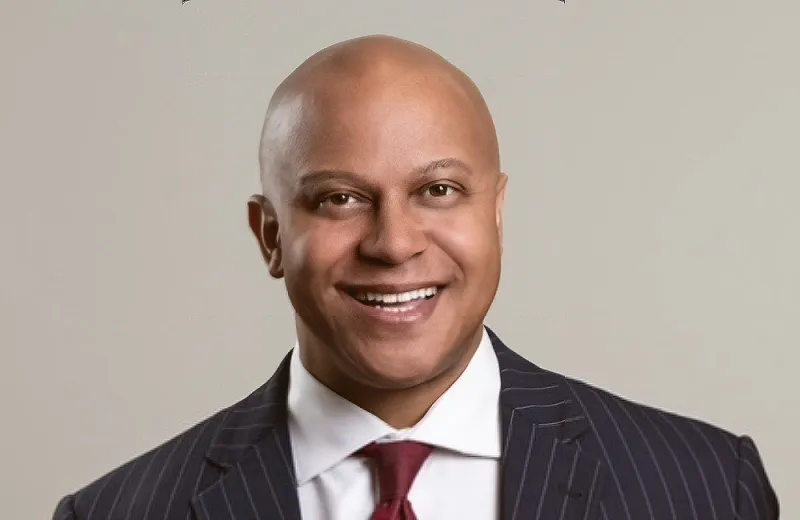Ryan Bailey is ready to change the world. But for now, he’d like to change the institutional investing industry.
The former co-chief investment officer at Investment Office Resources has plans to take on asset management’s diversity problems in his new role at Paradigm Institutional Investments. Bailey is the first CIO for the outsourced CIO firm, which is focused on providing client portfolios with diverse managers.
“At Paradigm, there’s a culture that diversity, equity, and inclusion isn’t just about winning mandates,” Bailey said in an interview Wednesday. “It’s about changing the world. Diverse teams do outperform.”
According to Bailey, just 2 percent of the trillions of dollars managed by investment firms goes to firms owned by women and minorities. “That seems a little strange,” he said.
Paradigm wants that to change.
Founded in 2019, the firm’s goal is to create portfolios for clients that have a manager makeup similar to the population at large. The portfolio allocation to diverse firms is customized based on client goals and will not exclude firms based on ownership.
The OCIO’s clients are endowments and foundations, but Bailey said the firm hopes to expand to other organizations, such as pension funds and sovereign wealth funds.
Bailey’s investment experience has prepared him for his new position. He co-founded Carbonado Partners, a capital-raising firm, after working as an allocator at the Children’s Health System of Texas, where he served as head of investments. He serves on several investment committees, including those at Dallas Police and Fire, the American Heart Association, Dallas Parkland Hospital, and the Texas Employee Retirement System.
Paradigm’s investment process starts with building an investment policy focused on a client’s goals. The OCIO provider tends to work with mission-based organizations, so the first step with each client is to determine the organization’s stance on diversity, equity, and inclusion issues.
Early on, Paradigm also sets up a governance process for handling challenging situations and questions that may arise. The OCIO provider then begins to unravel the portfolio — and it doesn’t sell off managers immediately. Instead, Paradigm first determines whether an investment hits both performance and mission goals, and then it makes the decision to hold or sell the investment.
Bailey said the team is focused every step of the way on keeping implicit bias, or unintentional beliefs about race, gender, and sexuality, out of the investment process.
“There’s a real conversation that has to happen about implicit bias,” he said. “Everybody has it, but people aren’t willing to admit it.” Bailey is not only acknowledging it but is having conversations with client boards to ensure that they aren’t accidentally allowing these beliefs to inform how they view investments.
“I’ve seen major mistakes made due to the lack of diversity,” he added. As an example, he pointed to a male-led private equity team that was acquiring a cosmetics company that sold its products at makeup counters. The acquisition took place during the global financial crisis, and the team’s thinking was that cosmetics tend to be a recession-proof investment.
What they failed to realize was that people were frequenting makeup counters less than their parents did. Instead, they were shopping online and at stores like Sephora and Ulta — something that a firm with women on the team knew.
So where does Paradigm see investment opportunities today? “The market we’re in depends on the paradigm that you compare it to,” Bailey said, smiling. “Inflation is going to be on and off. It doesn’t move in a straight line.”
To manage that, Bailey suggested tapping into interest-rate-driven investments in fixed income and credit. He sees diversifying strategies, particularly in hedge funds, and buyouts as attractive on the alternatives side. And Bailey suggests holding equity either at allocation policy weight or less.
But across all of those asset classes, diversity remains one of the top considerations. “We’re hoping to change the world and get us past that 2 percent of assets managed by women and minorities,” Bailey said.







